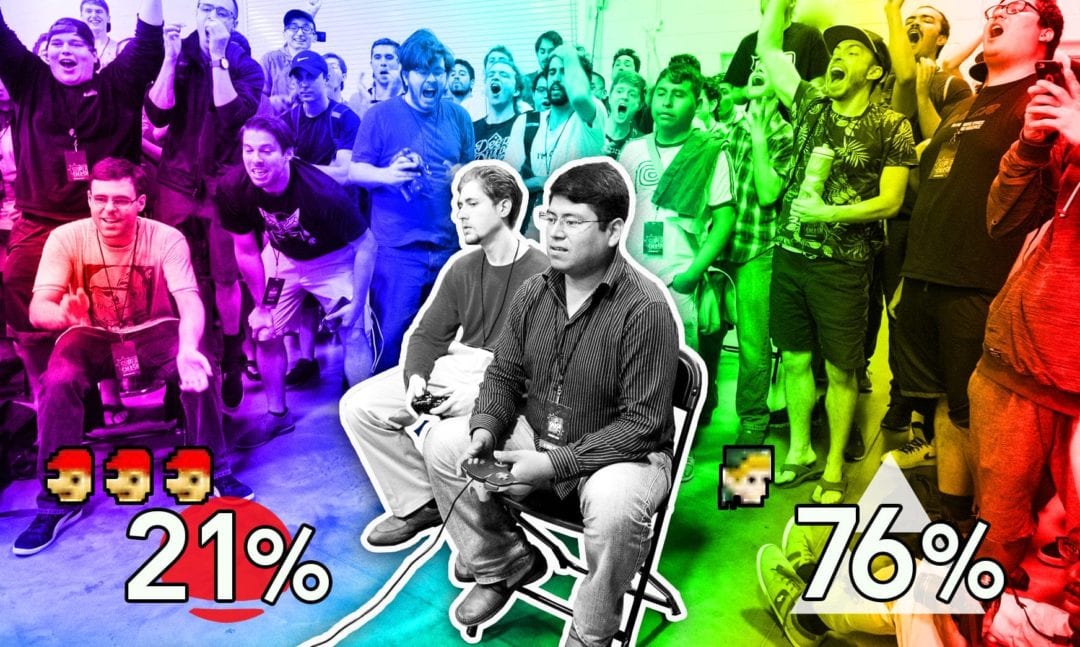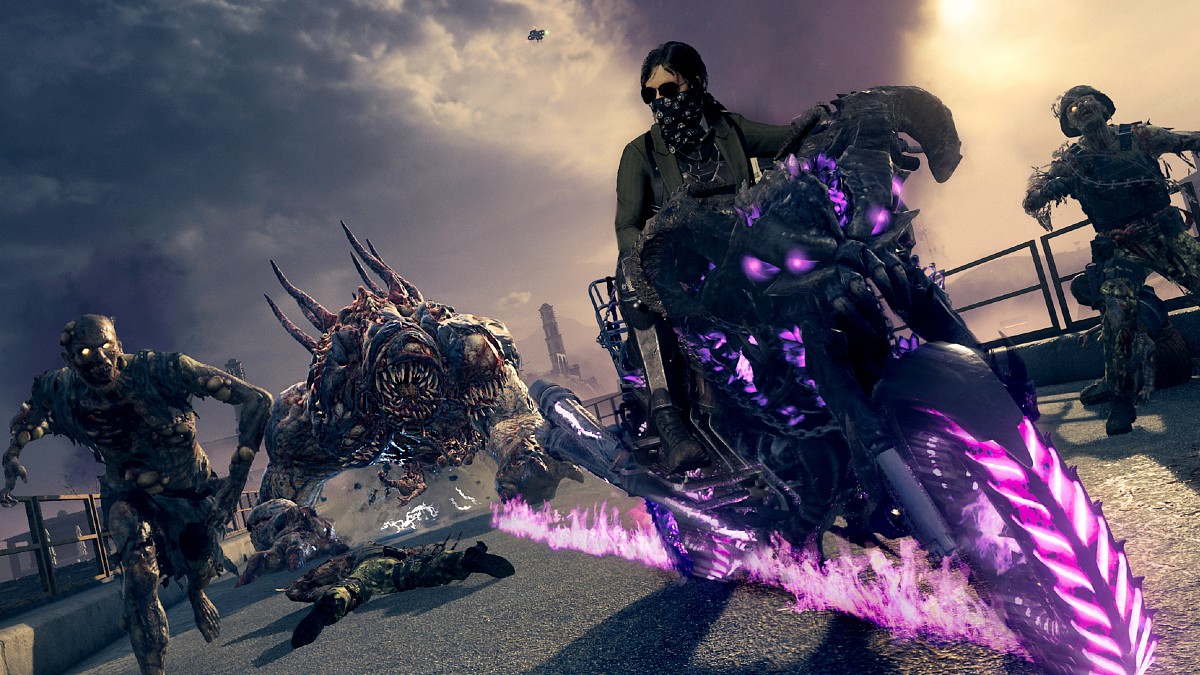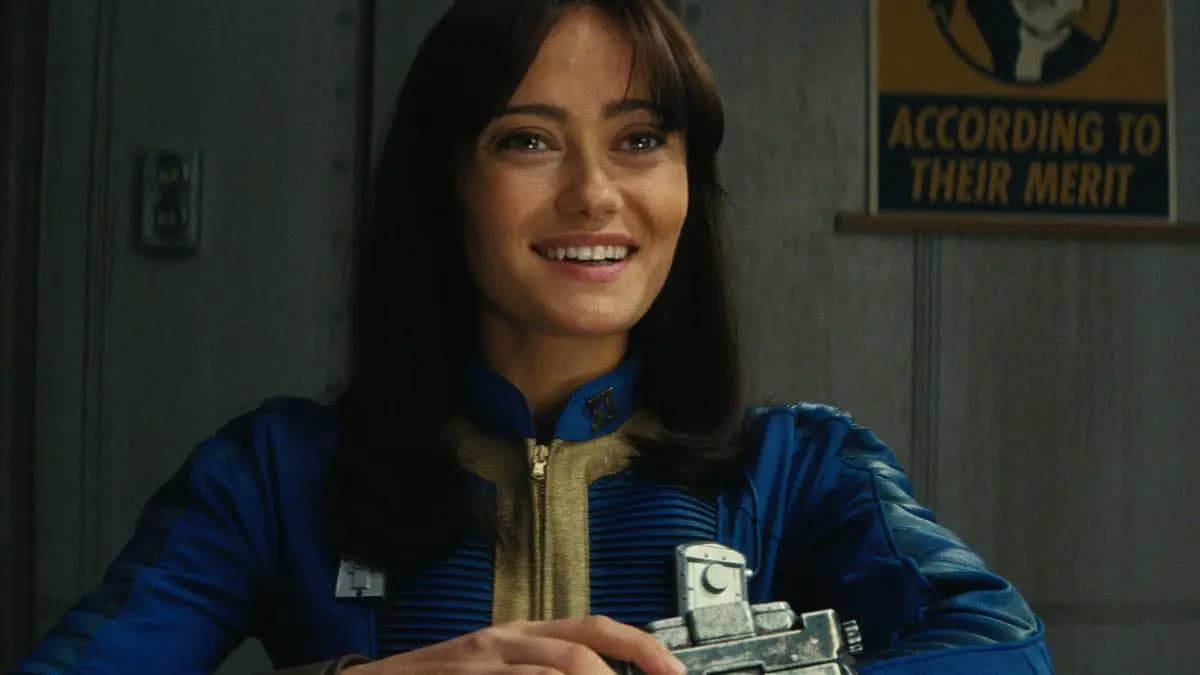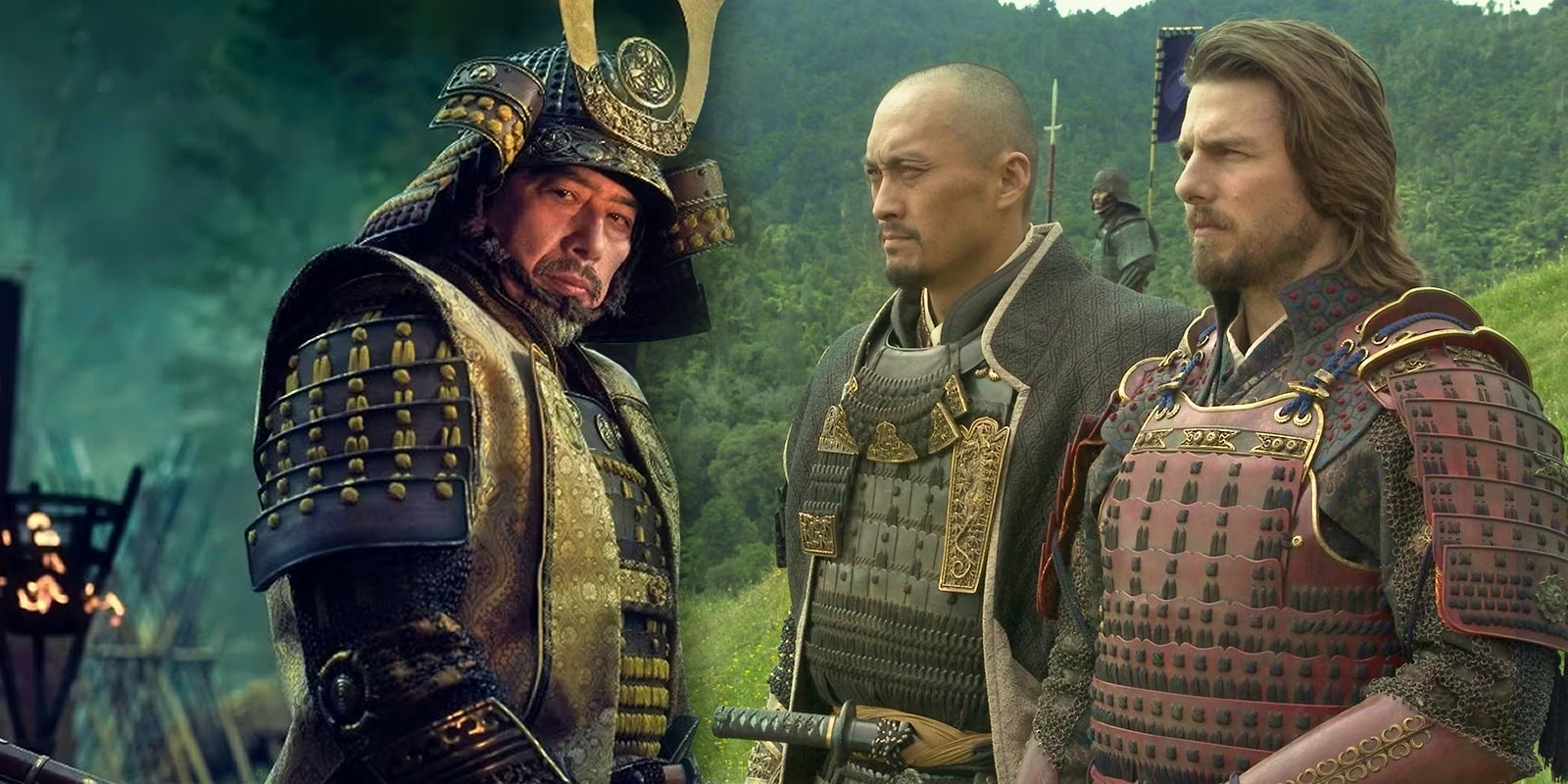In July of 2011, Jaime Hernández Rodríguez traveled nearly 600 miles just to play a 12-year-old video game with people he’d never met face to face. He and a friend took a bus from their hometown of Mexicali to Tijuana, where they waited to sort out his companion’s paperwork and properly cross the border into San Diego. From there, they met a crew of online acquaintances who drove them eight hours through California to a suburb of San Francisco where Genesis 2, one of the largest Super Smash Bros. tournaments of the year, was being held. More than 200 people had entered to compete in Super Smash Bros. Melee, the 2001 GameCube crossover fighter that was still two years from blowing up into the esports juggernaut it is today. Just under 200 players had entered to compete in Super Smash Bros. Brawl for the Wii. But Jaime, competing under his handle JaimeHR, had traveled all that way for a much smaller gathering. He took that trek up North America’s west coast to be one of the 22 people competing in Super Smash Bros. Not Melee. Not Brawl. Just Bros. For Nintendo 64.
In the mere two years following the release of Melee, Smash 64 had quickly fallen out of the popular consciousness. Seemingly overnight, Melee became the series’ most iconic installment — and the holy grail for a generation of obsessive players who mined unthinkable technical depth from beneath its friendly exterior.
And yet in spite of its seeming obsolescence, there continues to be a passionate global community of players who refuse to give up on Smash 64. They’ve unearthed just as many arcane secrets and techniques as their GameCube counterparts, transforming 64 from its natural party-game state into something far faster and more fluid: an explosive game of strategy and razor-sharp execution where a single hit can lead to a quick death. And for years they did all that exploration and growth on the fringes, playing online through rickety computer emulators and at local tournaments that hardly ever sported more than 20 people. They congregated on long-defunct online forums and dissected each precious low-resolution video of Japan’s top players performing boundary-pushing feats.
Thanks to Facebook, Discord, and the esports boom, 64 now boasts a surprisingly healthy community. It’s a fraction of the population playing Melee and Super Smash Bros. for Wii U, but it’s stable, powered by tight-knit regional groups that hold local tournaments and a steady stream of national tournaments that regularly draw between 70 and 90 players from across their respective countries. The largest turnouts are at two of the biggest events on the Smash calendar: Genesis and Super Smash Con. These major tournaments are also the only time the game’s fractured global community has a chance to come together, with world-class representatives from Japan and South America making the prohibitively costly trip to compete in the United States. But Smash 64 has taken a long, strange path to get to this position. Tournaments with players convening face-to-face and using real Nintendo 64 hardware were a rarity in North America before 2012. Instead, the game’s competitive model and strategies were shaped by curious teenagers who found themselves at the forefront of a new technological wave and were connected by a desire to get more out of a game they all loved to pieces.
Rodriguez is one of the community’s longest tenured players. He’s never truly stopped playing Smash 64 since the first time he tried it at a friend’s house in 2000. When that neighbor moved away in 2002, Rodriguez also lost his favorite game. So he got on the internet and started searching for a way to play it via his PC. Eventually he, like so many other kids who’d surpassed their neighborhood friends and were looking for stiffer competition, found his way to the newborn world of netplay.
Nintendo 64 emulation was a few years old by that point and the system’s games could be played online using a program called Kaillera, which many online Smash players use to this day. But these were Wild West times. New players either had to figure things out on their own or ask for help on some ancient web forum and pray that an experienced netplayer would give them a hand. Even once they did find the proper software and managed to get online, they had to dig through countless servers dedicated to games from other emulators to find a Smash Bros. match.
To help organize this process, players like Jim “Jimbot” Kay took on a sort of stewardship role. Kay created a Geocities page with a detailed, much-needed tutorial to get new players up and running. More importantly, he took steps toward standardizing a rough ruleset for competitive play and building a community of recognized experts who could be trusted to abide by those rules and knew how to reliably work an emulator. Kay says he can’t help but cringe when he looks back at the text of his so-called “honor code,” but he’s still proud of what came of it. The best of the best players from those early years — like Rodriguez, cHaos, DarK LinK, Frizzle adn FragMasterGen — latched onto his system and were soon duking it out in Kay’s online tournaments.
Without much on-console competition to speak of, this bubbling online community is where North America’s Smash 64 arms race really took place. New techniques and strategies were discovered, giving early adopters a leg up until those techniques spread through the server and became the norm. Depending on who you ask and which players you watch, the game Smash 64 can be either blood-pumpingly physical or maddeningly slow. That comes down to the one thing 64 has that no other game in the series replicated: long and deadly combos.
“High-level 64 is almost like an MMA fight, where there’s so much spacing and trying to study your opponent,” says Jason “Darkhorse” Brody, a high-level Smash 64 player, commentator, and tournament organizer. “But once contact is made, it’s on. It’s a little less like traditional boxing where you get some tags in, you back off, get some tags in, you back off. That kind of playstyle is something you see a lot more in Melee, where people take a bunch of hits and then recover. In 64, you have to be so careful because those touches are so dangerous. They get that one touch on you, and then you’re in an armbar and you tap out and that was it.”
Because contact can be so costly, potentially leading to a lightning-fast single combo knockout, the best 64 players are often also the most careful. Tune into the finals of a modern national tournament, and it’s not uncommon to see the players sizing each other up for long stretches at a time, feigning attacks, and fishing for an opening that might lead to that decisive blow. For some viewers, the lulls are just too much to overcome. But they are the result of mind games and a tense battle for positioning.
“No non-baseball fan wants to see a one-nothing game,” Brody said. “It could be the best pitching the universe has seen, but that’s boring to them, because they don’t appreciate the nuances of the game. And I kinda look at Smash 64 like that, and really most fighting games in general.”
Smash 64’s competitive scene, small as it is, has persisted despite the release of multiple sequels. One reason is that the game has remained so different from its descendants — in the way its combos function, in the way it moves, and in the relative simplicity of its controls and advanced techniques. The people who’ve poured years of their lives into it and continue to play it at mind-boggling levels do so simply because they prefer its idiosyncrasies over those of Melee or Smash for Wii U. There’s no doubt that top-level players in any competitive game love the game they play. You have to if you’re going to devote so much of yourself to it. But with very little money or fame in store for its best players, the Smash 64 community is almost entirely defined by unbridled, undying passion for this overlooked original.
Take the career of Joel Isai Alvarado, known to Smash faithful as simply Isai. He rose to stardom in the mid-2000s as a key figure and dominant force in competitive Melee’s so-called Golden Age, an era when Major League Gaming included Melee at many of its tournaments. Along with his partner and fellow Smash icon Ken Hoang, Isai traveled the U.S. tearing through competition and racking up winnings. But starting in 2006, with the game rapidly evolving and new players climbing the ranks, Isai’s placings began to slip. In 2007, he dropped Melee entirely.
Isai hasn’t spoken much about why he left that bigger, more lucrative game, but if you ask anyone who knows him, they’ll tell you it was just because he’d rather be playing Smash 64. Like Rodriguez, Isai was a mainstay of 64’s netplay scene starting all the way back in 2004. He quickly became the best, most talked about player,. Whispers about his unbeatable online persona, Malva (a handle allegedly borrowed from his mother’s AOL username) filled Smash forums.
“I think that was one of the first players I remember everyone talking about how strong he was,” Rodriguez said. “So I was constantly looking to play him, searching for him on the servers to challenge him. When I finally played him, I realized all the rumors were true. I couldn’t do anything to him.”
Isai always played the two games in tandem, but as his Melee days wound down, his 64 obsession ramped up. Having already bested everyone in the online scene, Isai traveled to Japan in 2006 and challenged the country’s best 64 players. Even then, it was clear the Japanese community had evolved much further than its counterpart in North America. The disparity would only grow as Japan started hosting multiple national annual tournaments while North Americans kept toiling away online. Isai recorded those matches and uploaded them to his YouTube channel — created just two years into YouTube’s existence — exposing American smashers to a whole new set of players with drastically different, more advanced playstyles from their own. Years later, he’d also become the first American to travel and play in Peru, first in Lima and later in Tacna, testing his mettle against the country’s incredibly skilled but unknown players and, in the process, helping introduce them to the world.
“He brought the initial life into the game,” said Dan “Superboomfan” Hoyt, another Smash 64 legend who started playing online in 2004 and currently reigns as the top North American player. “His skills were above everybody else’s for so long, he was deemed the god of the game for a decade. That’s a long time to be the best guy in the game. Nobody could compete. But he also got better exponentially throughout those years. People would catch up to where he was, but then he’d be three steps ahead already, and he’d be beating them down harder.”
As Isai was making those groundbreaking excursions to Japan, competitive Melee’s Golden Age was nearing its peak. Interest in competitive 64 naturally began to grow alongside it, aided by Isai’s notoriety and continued innovation. Elite players in the Northeast U.S. began hosting some of the first on-console competitions of note, and 64 tournaments started popping up as side-events at some of the major Melee gatherings. In July 2007, South Bend, Ind. hosted an MLG-sponsored tournament that was, at the time, the largest competition Melee had ever seen. Many of the same players competed in 64, capping the tournament’s 64-person entrant maximum. It was the largest American competition 64 had ever seen, and would be for several years.
On the weekend of Jan. 6, 2012, the Smash community converged on Rutgers University for the annual Apex tournament, a much hyped international Smash Bros. and fighting game extravaganza. Once again, the 64 bracket was capped at 64 entrants, but the caliber of players that turned out and the number of regions represented was beyond anything this continent had seen before. Familiar dominant faces were there: Isai out from California, Superboomfan down from Canada, Rodriguez from Mexico, Sensei and Nintendude from New York. The tournament also marked the beginning of a crop of new players who’d lift up the scene and keep pushing it further in the years to come. That group included Clubbadubba and Jimmy Joe, both of whom went on to become some of Smash 64’s most public faces and prolific commentators.
Of particular interest was the tournament debut of 17-year-old Joey “KeroKeroppi” Speziale, who months earlier sent the eyes of the entire community rolling when he created an account on the popular SmashBoards forum just so he could call out Isai. As one wise SmashBoards poster predicted, Kero lost hard, winning only one game and never advancing far enough to even sniff Isai. But those stinging losses drove him to become one of the hardest training players in the scene. In the years following, Kero grew into a top American player.
The highlight of Apex 2012, however, was the championship match between Isai and Superboomfan. When it came to North American players, these two were unquestionably at the top. Isai, who had built up a reputation for playing in ways he finds fulfilling rather than successful, played through the entire tournament with Link, commonly believed to be one of the worst characters in the game. In the finals, he collided with Boom’s formidable Captain Falcon and the results were 60 minutes of some of the most spectacular Smash 64 ever played. At nearly 490,000 YouTube views, their first set is one of the most popular competitive videos ever published for any game in the Smash Bros. series and it’s now arguably the most famous 64 match of all time. Apex had became the unofficial Super Bowl of Smash 64.
The following year, Apex 2013 marked another landmark: the first time Japanese players competed at an American tournament. This was another pivotal year for competitive Smash Bros. as a whole. The release of Travis Beauchamp’s widely watched documentary, The Smash Brothers, and Melee’s dramatic return to EVO, the world’s most attended annual fighting-game event, created an explosion of interest and an influx of new Melee players. The community hit an unexpected turning point two years later, in the run-up to Apex 2015,. Scheduled just two months after the release of Super Smash Bros. or Wii U and officially sponsored by Nintendo, it was set to be the most-attended Smash event ever. But in the days leading up to the tournament, Apex’s owner and director, Alex Strife, stepped down amid numerous sexual assault allegations and relinquished ownership to Apex’s other staff members.
The event’s organizers carried on but were almost immediately dealt another blow: a portion of its venue’s roof collapsed and fire marshals shut down the building. Apex secured a replacement location 40 miles away from the original venue, but the three-day tournament was squeezed down to two days. It was a noble community effort, but the strain proved to be Apex’s undoing. Apex held its last tournament in 2016, and the 64 community lost its Super Bowl.
The loss of Apex, the one tournament a year where the fractured international Smash 64 community was finally starting to come together, could have been a death blow. But the growth and attention spurred by Apex and other events continued to blossom. Smash 64 began branching away from the other Smash games, with more regional groups holding national tournaments that catered exclusively to 64 players, giving them the atmosphere and attention some say they were frequently denied at Apex-sized events. In just a few years, North America went from having virtually no console tournaments to having a calendar stuffed with them.
At the same time, Justin Wykowski, a Virginian Smash fan and entrepreneur, was developing the idea for a new kind of Smash Bros. tournament, one that married the usual fighting game festivities with a larger Nintendo convention. He had attended Apex 2014 and thought he could do it better. His solution was Super Smash Con, a convention-sized celebration of Smash Bros. and Nintendo with vendors and arcade games providing more to do than just show up and play your tournament matches. Wykowski found himself in a position to make a real difference for the game he’d adored for so long.
“I really wanted to give 64 a better platform and a bigger platform,” he said, “which is something that 64 still wrangles with at different events — that priority. Whether it’s even included is a big decision for organizers. And I get that, being on that side of things.[…] I think I’ve shown some favoritism to 64 over the years, and I wouldn’t have it any other way. It’s definitely the reason for Super Smash Con.”
With the help of some prominent tournament organizers, Wykowski realized his vision and held the first Super Smash Con in August of 2015. The following year, SSC attendance exploded, with more than 300 players in attendance — still the Smash 64 record. It became one of the biggest annual Smash events and the closest thing to a world championship Smash 64 has ever had. Among SSC’s entrants were two of Japan’s strongest — Wangera, the world’s best Jigglypuff, and Kurabba, a ferocious Yoshi. They were joined by world-class players from Mexico, Chile, and Brazil.
But the most notable import was Alvin Clay Leon Haro. With his trip to Smash Con 2016, Haro was the first player from the talented but isolated Peruvian 64 community to ever play in America. His run ended in a disappointing 13th place finish, but he’s traveled back to the states several times in the years following and taken tournament after tournament, coming in ahead of Superboomfan at a few high-profile events and proving he belongs in the discussion for world’s greatest player. Remarkably, if you ask Haro, he’ll humbly tell you he might not even be the best player in Peru. There’s a whole crew of expert smashers there who, because of visa issues and the prohibitive costs of international travel, have never been able to play in America. Thanks to the marvels of YouTube and Twitch, we’re at least able to see them play. But outside of visits from Isai, who suffered a famous and shockingly one-sided loss to a player named Gerson, and Superboomfan, who stubbornly stalled his way through an infamous 50-minute game, Alvin’s American sojourns are the only opportunity the scene has had to see what happens when these regional ideologies collide.
The past four Smash Cons have brought just as much visibility to 64 as any of its other big transformative moments. For Wykowski, the exposure the successful event has given to 64 is “just a dream come true.”
“I remember being back lurking on SmashBoards in 2012 and seeing people that were really hustling to get any sort of tournament going, and housing tons of people for free or traveling halfway around the world to record a match with a top international player, and I really wanted to help contribute. To be able to just jump to this level and do something like that is just so cool.”
But nostalgia, personal passion, and sick combo contests can only take a community so far. Michael “Nintendude” Brancato, a member of Twitch’s esports department and a longtime high-level player in both 64 and Melee, believes a lot of the growth 64 has seen since Apex 2012 was more about uniting a wide network of interested but disconnected players than it was based on bringing in new members.
“The fact that there’s no sponsors or, honestly, money in it is a blessing and curse,” he said. “A blessing because the maintenance is so low. Make sure you have a few tournaments throughout the year, and the [multi-Smash] majors already provide those tournaments, and so as long as people show up to them, the game is alive. It’s kind of that simple. Now, if you want it to become something bigger than that — getting some money into the game, getting some sponsors and stuff — [the community would] have to rethink that a bit. Honestly, I don’t want to be pessimistic, but I don’t think it’s gonna happen for a game that’s that old, that’s not growing at a fast rate or anything.”
Darkhorse is someone who did rethink things. He and other prominent community members started the Super Smash Bros. 64 League in an attempt to give this international community a governing body to standardize rulesets and tournament formats. The league also acts as a promotional arm, highlighting regional tournaments by operating a Twitch channel that can be used to share games with a wider audience. Meanwhile, Darkhorse himself has started to scale back his own Smash content output to focus on life outside the scene. He loves the game, the community, and putting in the work to promote 64, but he says life catches up with you at a certain point and “you can’t keep expecting people to do work for nothing.”
“The next year or two is going to be very interesting for Smash 64,” he said. “I think we’re going to have to see some new blood really come out and take some initiative and start working. If we don’t get that, I think the game’s in trouble. It might revert to like an Apex 2012/13/14 status, where there’s one big tournament every year and everything else is just not as good. I don’t want it to happen, but people really need to step up.”
Growth or no growth, money or no money, time or no time, the community has proven that people aren’t going to stop playing Smash 64. They love the game too much. It’s why Isai gave up on all those Melee winnings to travel the world and become the patron saint of 64. It’s why Superboomfan, bored by “beating everybody with ease and being at the top” for so long keeps searching for different ways to play like “Boomputer mode” where he connects with people online and uses a GameShark code to control the CPU characters in the challenger’s single-player game. It’s why 20-year-old Smash wunderkind Justin “Wizzrobe” Hallett still plays both Melee and 64 at many tournaments, even though he recognizes devoting time and brain power to the older game is probably holding back his Melee play. (To be fair, it hasn’t stopped him from becoming one of the 10 best Melee competitors in the world.)
And it’s why way back in 2011 a determined JaimeHR left his terrified parents and carpooled to a 22-person tournament 600 miles away in another country. He ended up placing third that weekend — not bad for his first console tournament ever. It won him a whopping $33, barely enough to recover food costs for the trip and $882 less than what the third-place finisher in Melee brought home. But for Rodriguez, that adventure was never about prize money. He went to finally meet the friends he’d made playing Smash online, to see the faces behind the Kaillera usernames he’d competed against over the last seven years. He and the only two players to beat him that weekend — Isai and Superboomfan — would travel way farther than that in the next seven years just to play this game, and only this game, against the rest of the world’s best.
Wykowski wagers their dedication, and the dedication of 64’s other adherents, won’t be dying any time soon.
“It’s never going to change,” he said. “These are the same guys who’ll be playing it 50 years from now. I’ll be shocked if they weren’t.”




